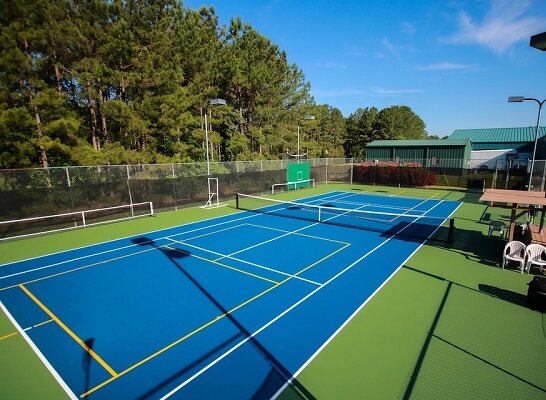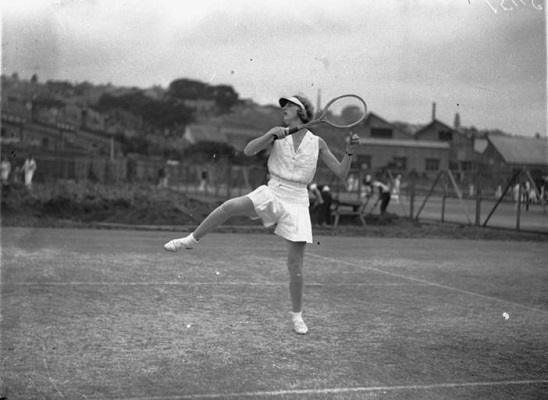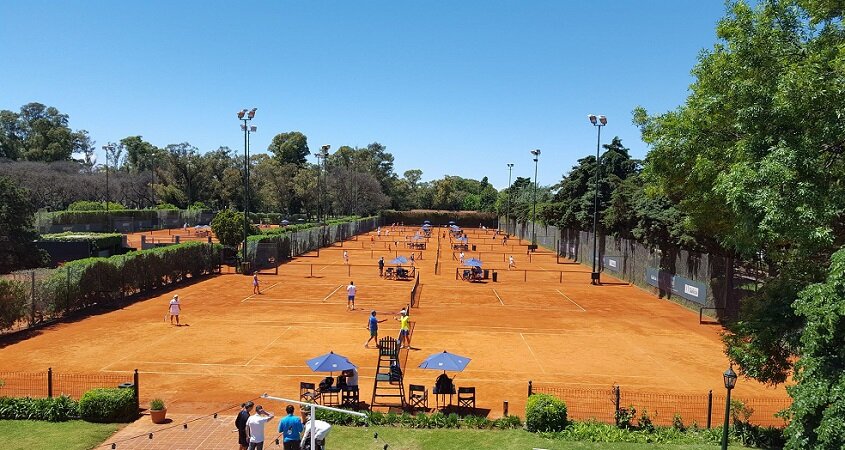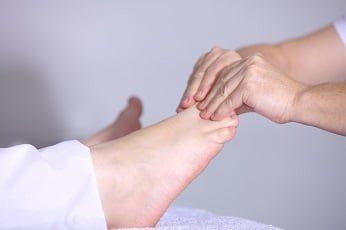The diverses tennis surfaces on courts

Before getting into the subject, let’s give you an extra detail, the measurements of a tennis court, a fact that seems unimportant and that almost none of us know. The dimensions of a tennis court are normally 23.78 meters long and 10.97 meters wide, with a space at the back equal to or greater than 3.65 meters (4 m in international tournaments) and a lateral space equal to or greater than 6.40 meters (8 m in international tournaments).
The tennis net is the key element of this sport, in addition to the tennis shoes of course, and must be at a height of 0.914 m. at the center and 1.07 m. at the posts that support it. To support itself, the tennis net has to be suspended by a metal cable with a diameter of 0.8 m. and covered by the famous white band that decides many points.
The posts on which the net is fixed must be located at a distance of 914 cm. from the doubles line, be no more than 15 cm. in diameter and no higher than 2.3 cm. above the net. The singles sticks, used only in this modality, have a diameter of 7.5 cm.
The issue of courts is very relevant, especially when we talk about tennis at the professional level. Each type of court affects precisely the speed and style of play of tennis players and certain techniques are better suited than others to each particular type of court.
This is the reason why the great figures of the ATP tend to specialize in a particular type of court, where they shine brightly and manage to exhibit their best game to the delight of the fans.
Thus, to cite an example, our beloved Rafael Nadal is nicknamed the king of clay. A well-deserved honor, since the Spanish giant of world tennis has built a reputation year after year of being unbeatable in prestigious clay court tournaments such as Roland Garros with no less than 12 titles in the popular Parisian tournament. He has managed to win more than 90% of the matches played on clay in tennis statistics, who can boast such a record?
Or let’s think of Roger Federer, another giant of the tennis world, who has dominated for years the grass courts around the world, to the terror of his opponents in mythical events such as Wimbledon. Let’s not forget either Novak Djokovic, who clearly dominates tournaments played on hard courts: a tough guy for a hard court.
In short, the type of court affects in multiple ways the response of the ball, its speed, the spin of the racquet and even the ability of the tennis player to move around the court. It is essential that the court and tennis player are one! A lack of harmony between the playing surface and the player does not usually bode well in terms of results.
So, for your next bet on tennis tournaments to have a better chance of success and be right in your tennis predictions, read on to understand the particularities of each tennis court. It is a question more important than it seems!
Now, let’s take a look at the list of tennis courts that can be found all over the world, and we will mainly find four basic surfaces on which to play:
It is necessary that every good tennis player is aware of the variety of surfaces on which this great sport is practiced and know how they are a determinant in their technique and style. There are 3 types of courts that are used in official tournaments: Grass, Clay and Cement, but we will also describe the Carpet. The main difference between them is the way the ball bounces, some bounce slow and others fast. This characteristic allows us to classify the courts in Slow and Fast:
Slow
In this type of court the ball gets more height at the moment of the bounce and its fall to the ground is slower, which allows the player to have more time to reach it and impact it, therefore the points played on this surface are longer. An example of slow courts are clay courts.
Fast
In this type of court the ball gets less height, the bounces are low and its fall to the ground is faster, which means that the player has less time to reach it and hit it. Therefore the points played on this surface are shorter. An example of a fast court is a grass court.
Grass
The grass court is the least used by tennis players even though it is the original surface of this sport, mainly because it is expensive and complicated to maintain: it needs a good water drainage for irrigation, it must be protected from insects and it is advisable to plant the type of grass suitable for the climate, it belongs to the Fast type classification: lower and irregular bounces.
How does it influence the game?
In this type of surface the ball bounces low, fast and irregularly, a feature that can cause failures in the player because the bounce tends to change directions and heights. The strategy in this case is based on the volley or air shot, a technique in which the bounce is avoided at all costs.
Clay or Clay Court
Being expensive and complex to take care of, the first alternative is the clay surface: which can be built with red clay and green clay. The red ones can be made with natural clay, beaten earth or powder made by grinding red brick, and the green clays with har-tru (American clay or rubico), a compound designed with stone, rubber and plastics.
These types of courts require constant maintenance but are still less expensive than grass courts. In clay courts it is necessary to replace the sand regularly to complete the missing material, watering with water and sweeping in order to flatten the surface and eliminate the remaining marks of the matches. It belongs to the Slow type of classification: higher bounces and slower falls.
How does it influence the game?
On this type of surface the ball bounces slowly, a characteristic that provides more time to move and skate on the ground. This quality allows the player to perform a better defense and numerous passes are made over the net, thus increasing the complexity of the game.
Cement or Hard Surface
The cement court is one of the most popular courts today because it is economical, requires less maintenance and is more adaptable to weather conditions. It is the most used by amateurs because it is commonly found in local tennis schools. It is durable since it is manufactured with Cement, Asphalt or Plastic and after being built, a sealer or paint is applied to achieve a smoother finish.
How does it affect the game?
This type of court is considered an intermediate level between fast and slow, which allows the use of different techniques and styles. They are usually faster than clay courts and slower than grass courts. Its hard surface allows the ball to bounce without irregularity guaranteeing a more successful match. The way the court is built influences the bounce: If more sand is used in the cement mix, the bounce will be slower, similar to what happens with clay surfaces. For this reason, nowadays they are built with plastic as it moderates the hardness and being soft the game becomes slower.
Carpet
This surface made of synthetic material seeks to emulate the grass court, although it always varies in texture, thickness and mixture of materials. It is made of synthetic resin and its colors vary between blue or green. It is mainly used in rainy countries as it is not affected by constant humidity. As well as the grass surface, carpet is not very common and in 2009 the ATP banned its use in professional tournaments. They are very similar to Cement hard courts: A fast surface where the game becomes aggressive.
How does it influence the game?
Being very similar to hard surfaces, the game is very fast and aggressive. The bounces of the ball are low and fast, therefore the player moves quickly from one side of the opponent to the other and techniques such as drives, serves, flat backhands and volleys are implemented.
Although these are the three main types of tennis courts, they are not the only ones. Synthetic courts are also very common, although not in professional circuits. They are usually made of rubber and are generally used for indoor tennis courts. They are also very fast courts. Like the quick courts, a relatively young version made of porous concrete was excluded from the professional circuit. They are usually used for private use. There is also a last option made of wood, but its use is very marginal. Ultimately, and if you need advice about which court suits you best, you can always contact us.




